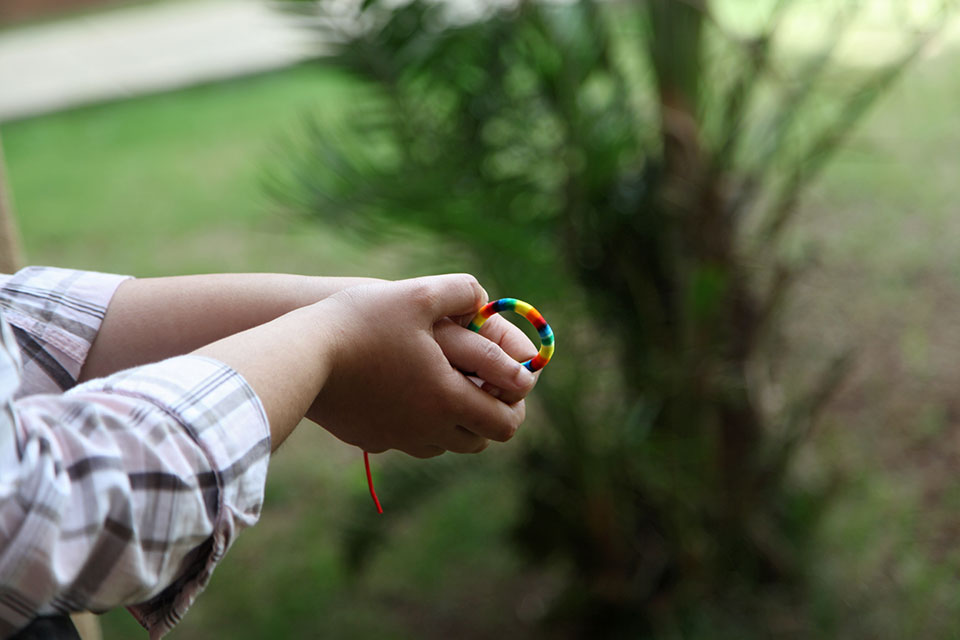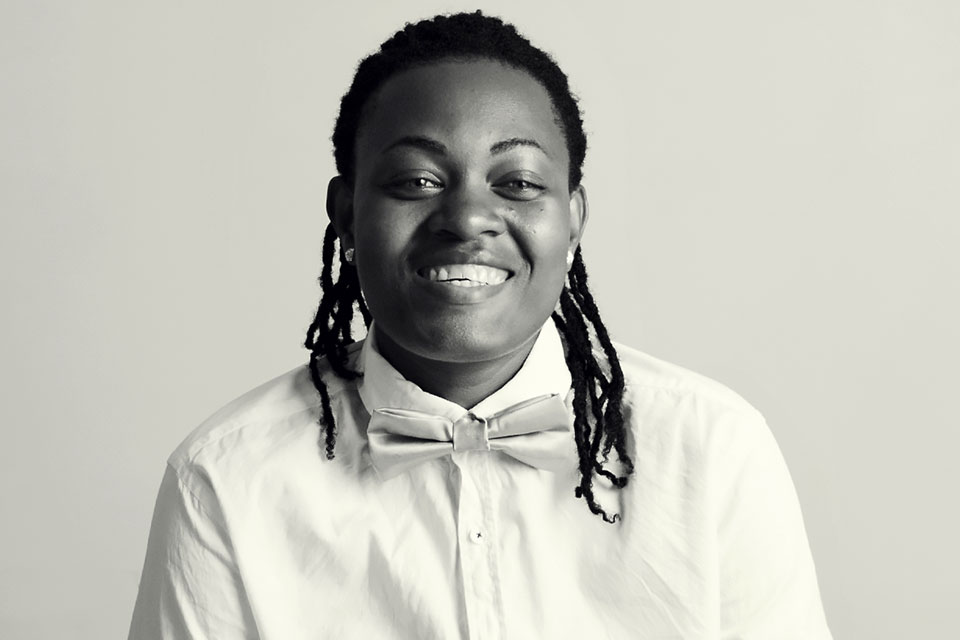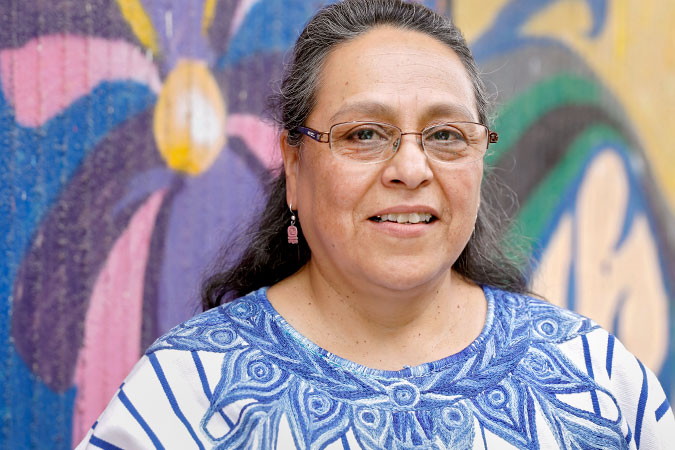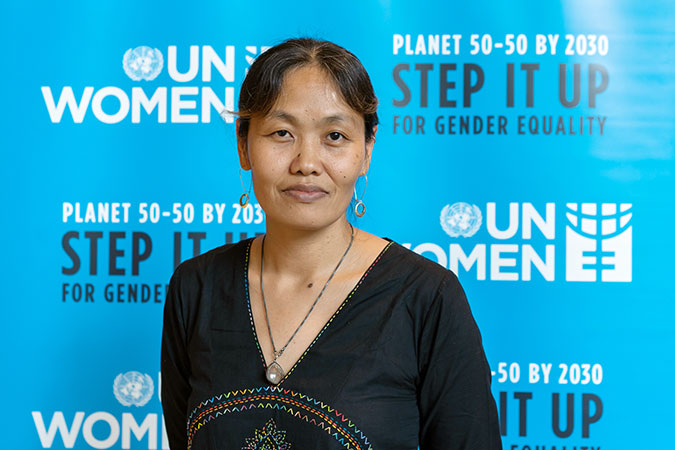Five LGBTI activists you need to know
Date:
This story was originally published on Medium.com/@UN_Women
Day in and day out, lesbian, gay, bisexual, and transgender activists fight for their right to live, love, work, be heard and respected. They risk their safety to push for a world where all people, regardless of their sexual orientation, gender identity, and sex characteristics, are treated with equality. On some fronts, there have been joyous victories, but there is still much to fight for.
In every region of the world, persons of diverse sex, sexual orientation, and gender identity continue to face pervasive discrimination and intolerable acts of violence that go unpunished. LGBTI persons face gaps in wages, are denied economic and social opportunity, and lack access to leadership and decision-making positions. These experiences cannot be separated from the struggles they also endure as people living in poverty, people with disabilities, people of younger or older age, as migrants, refugees, and internally displaced persons, and as people of colour.
Today, on International Day Against Homophobia, Transphobia, and Biphobia, 17 May, we stand in solidarity with the LGBTI community and honour those on the frontlines of creating change. Here are five LGBTI activists you need to know:
Rising up against stigmatization and violence

As a lesbian woman and the Executive Director of a LGBTI organization in the Nile Valley area of Egypt and Sudan, Noor Sultan puts a lot on the line when she goes to work each day.
“I’m an activist because I do not want younger LGBTI persons to go through what I went through when I was a teenager,” she says. As a young woman, Sultan faced verbal and physical violence and lacked supportive networks. To change this narrative for others, Sultan and her organization, Bedayaa, provide a variety of services for the LGBTI community in Egypt and Sudan, including psychological support, HIV testing, and safe spaces.
In 2017, Bedayaa began a legal services project after finding out that LGBTI community members were being arrested because of their sexual orientation and gender identity. Over the course of a year, the organization represented 111 LGBTI persons in court, and 75% of those individuals were proven innocent and released.
“I am inspired to continue my activism because I see change happening. There was no organized advocacy effort when I began working as an activist eight years ago. Now, I see queer mobilization in Egypt fighting for LGBTI rights.”
Protecting and defending rights for all
Zhanar Sekerbayevais a feminist, powerlifter ( a strength sport), Doctoral student, and poet from Kazakhstan. She began to identify as an LGBTI activist after garnering attention for her arrest at a peaceful protest in 2014. Upon seeing her in the media, people questioned her gender expression and tried to devalue her civic activism. In response, Sekerbayevais and fellow activist Gulzada Serzhan, co-founded a feminist initiative that protects and defends the rights of LGBTI community members. “We welcome everybody regardless of sexual orientation and gender identity,” she says.
For Sekerbayevais, fostering this kind of acceptance is paramount because of the rejection and discrimination she’s faced. “When I think about the future of my country, I feel I have to do something to change the situation… I want to see people fully enjoying their rights, life, love, and choices.”
Protecting LGBTI youth

Growing up, Helen Tavares was bullied at school for her “masculine” style. Reflecting on her childhood she shares that, “Since a very early age, I felt that something about me wasn't like the other kids, I just didn't know how to explain what it was.”
At 14 years old, Tavares fell in love with a friend but struggled to accept her sexuality because of societal pressure and expectations. She perused heterosexual relationships as a way to “correct” the feelings she had been taught to see as wrong. “To me, this is a tremendous form of violence, when we do not accept who we are because we are afraid of what society may say,” she says.
Today, Taveres has come a long way in accepting her sexual and gender identity. She lives in Santiago, Cape Verde with her partner and their daughter, and she’s the president of the LGBTI association. Her organization has been a voice for young LGBTI people and works to protect them from violence. “Being LGBT means fighting against prejudice and violence every day,” she says.
Read Tavares’ full interview here.
Pushing for inclusive legislation

Sandra Moran is Guatemala’s first openly lesbian member of the Congress. Why did she become an activist? Moran says, “Invisibility is also a kind of violence. That’s why I decided to go public, to show the LGBT community that it is possible to be lesbian and still be in Congress.”
Moran was part of the country’s first lesbian group which took root in 1995. Throughout her many years as a LGBTI activist, she has faced death threats, attacks on social media, and public campaigns against her, an experience she says is regrettably common for LGBTI persons in Guatemala.
Since taking office, Moran has pushed for legislation to protect LGBTI communities and women from violence. She put forth a gender identity law that would allow transgender people to choose their preferred identity. Although the law has not passed, Moran recognizes the importance of pushing for change regardless. “It’s the first step to generate public opinion and mobilize civil society. Fighting for LGBT and women’s rights is the essence of my life. I know I can contribute to change the situation and I won't give up.”
Read Moran’s full interview to learn more about her activism.
Building an intersectional humanitarian system

Matcha Phorn-in is a lesbian feminist human-rights defender. She works to address the unique needs of LGBTI people, many of whom are indigenous, in disaster-prone Thai villages at the border with Myanmar. Every year, these communities are rocked by landslides, floods, and fires, and the needs of LGBTI people are often forgotten in the aftermath.
“Humanitarian programmes tend to be heteronormative and can reinforce the patriarchal structure of society if they do not take into account sexual and gender diversities,” she says. For example, disaster relief programs tend to prioritize women with a husband and children as they are recognized as part of a family unit. A lesbian couple, however, isn’t recognized as a such and may be excluded from assistance.
To bring awareness to the intersectional vulnerabilities of many individuals from the affected communities, Phorn-in supported the organization of a regional conference that brought together community members, humanitarian actors, government representatives and donors for the first time. “Community members really got the chance to talk about their issues and have their voices heard. We were able to strongly affirm what we needed and what we wanted from the humanitarian system,” she reports.
Read more about how Phorn-in advocates for inclusivity in the humanitarian system.